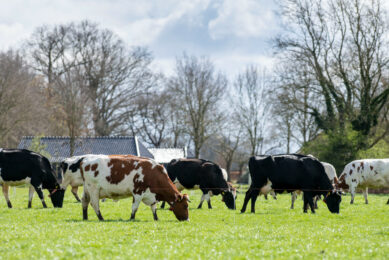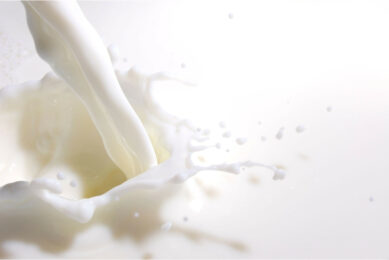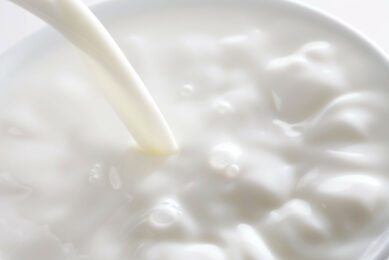7 factors that impact milk production and quality
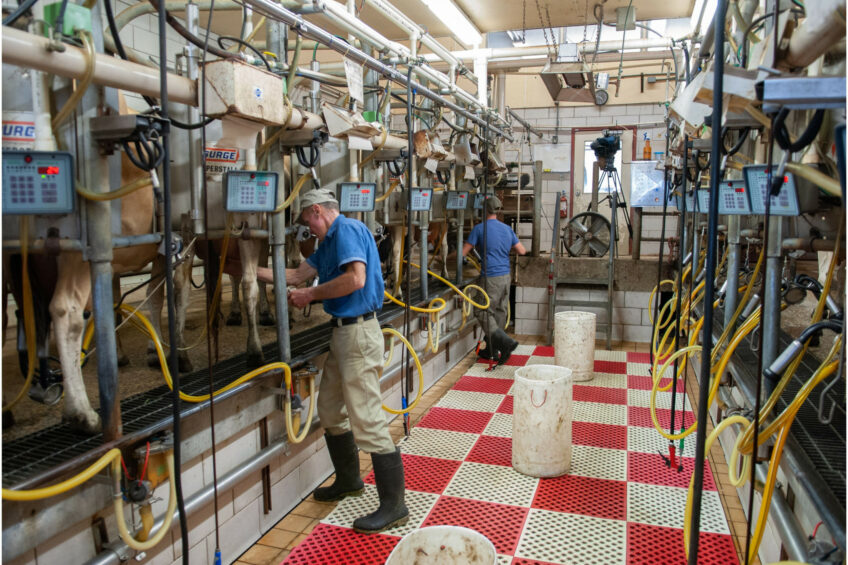
Milk production plays a key role in the economy of milk-producing countries. A variety of factors affect milk production and quality in dairy cows, which will be discussed in this article.
 Environmental factors
Environmental factors
Extreme climate and humidity reduce feed intake and milk production in dairy cows. In addition, weather and climate affect feed abundance and quality which, in turn, impact the quantity and quality of milk. Furthermore, heat stress alters the microbial profile of raw milk, increases the number of pathogens and spoilage microorganisms, and decreases the milk protein, fat, solids-not-fat, and somatic cell count. On the other hand, the increase in humidity during rainy seasons enhances the milk protein, fat, solids-not-fat, and somatic cell count.
 Nutrition
Nutrition
A cow’s diet impacts the quantity and quality of its milk, including its taste, nutritional value, and composition. High energy diets from readily fermentable carbohydrates improve milk production and reduce milk fat percentage. Forage type, particle size, the stage of maturity, and fibre content also affect milk fat percentage. Finely ground forages produce higher levels of propionate during rumen fermentation, thus reducing milk fat percentage. In addition, an insufficient amount of dietary crude protein affects milk yield and consequently reduces milk protein percentage.
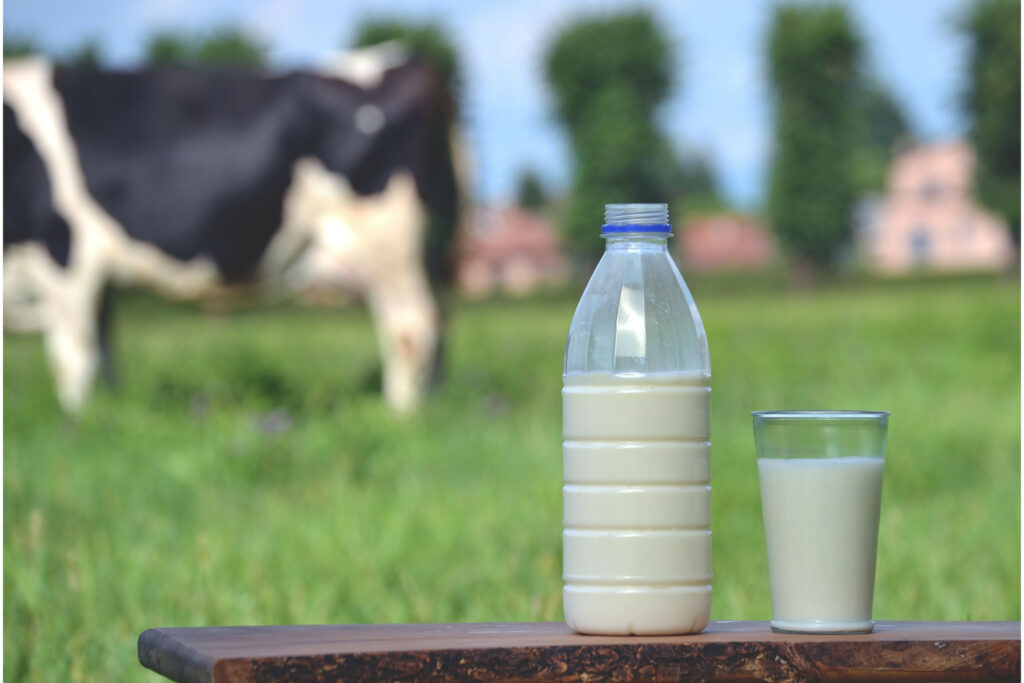
 Health and physiology
Health and physiology
The health status of cows affects milk production and composition. Exposure to mud, manure and runoff increases the risk of infection and reduces milk quality. Mastitis impairs milk synthesis, loosens the connections between cells, and increases permeability of blood constituents. In addition, mastitis increases the percentages of sodium and chloride in milk, decreases the amount of potassium, and alters milk fat composition.
While mastitis has a minor impact on the total milk protein percentage, it drastically alters the composition of milk protein. Administration of exogenous growth hormones at low doses reduces fat percentage with no change in fat composition, but at high doses, growth hormones increase milk fat percentage and enhance endogenous fatty acids content.
 Cow breeds and genetics
Cow breeds and genetics
Various cow breeds have different heritability for milk fat, and protein percentage and composition. For example, Jerseys have the highest heritability for milk fat percentage and Holstein milk contains less caseins and more gamma-casein compared to the milk from other breeds. In addition, the heritability of solids-not-fat to fat and protein-to-fat ratios are highest for Ayrshire followed by Jersey, Guernsey, Brown Swiss, and Holstein. It is recommended to select traits regarding milk yield, protein, and fat together to achieve the desired outcome.
 Age and stage of lactation
Age and stage of lactation
Younger cows have a higher milk yield with greater fat content compared to older cows. Stage of lactation also affects milk fat percentage. The maximum milk fat percentage is found in colostrum, although it decreases during the first 2 months of lactation and then gradually increases as lactation progresses.
During the first half of the lactation cycle, the proportions of short and intermediate-chain fatty acids content of milk increase, and the proportion of long-chain fatty acids decreases. However, during the last half of the lactation, no further changes occur in milk fat composition. At the beginning of lactation, proteins such as casein, beta-lactoglobulin, and alpha-lactalbumin are abundant in milk. Although, as lactation progresses the amount of protein increases gradually and during pregnancy the amount of protein rises sharply.
 Frequency of milking
Frequency of milking
Increasing milking frequency to up to 3 times per day increases milk yield by 15-20%. However, it is considerable that increasing milking frequency adds to labour and equipment costs and decreasing milking frequency affects milk yield and quality.
 The length of dry period
The length of dry period
An increase or decrease in the length of the dry period reduces milk production in the next lactation period. It is recommended to have 45-65 days of dry period with 12-13 months of calving intervals to maximise milk production and quality. Heifers need at least 60-65 days of dry period while higher parity cows require fewer days.
* References are available upon request.
Join 13,000+ subscribers
Subscribe to our newsletter to stay updated about all the need-to-know content in the dairy sector, two times a week.




